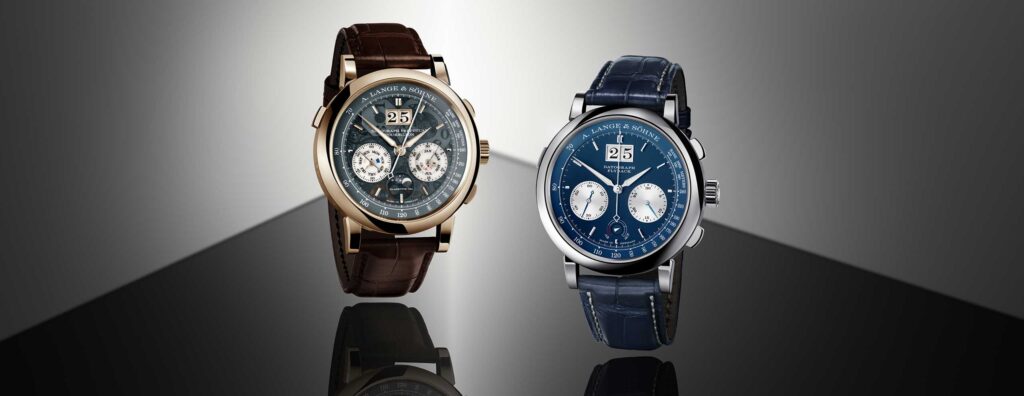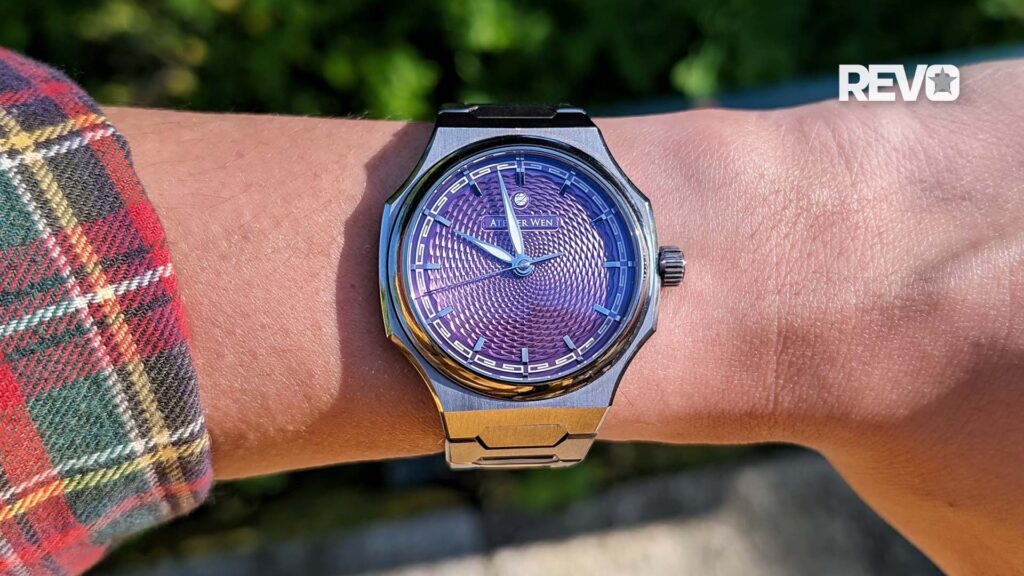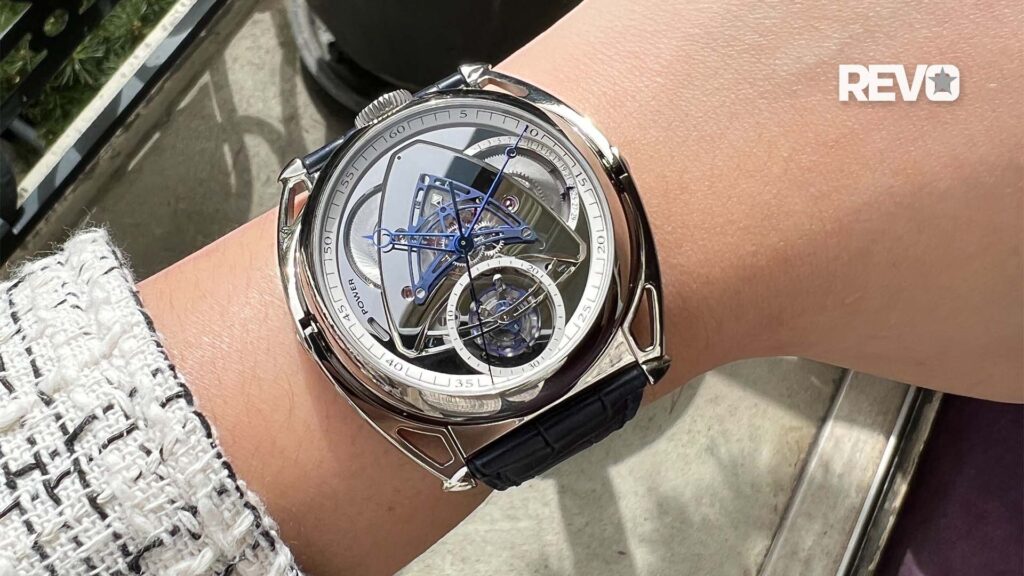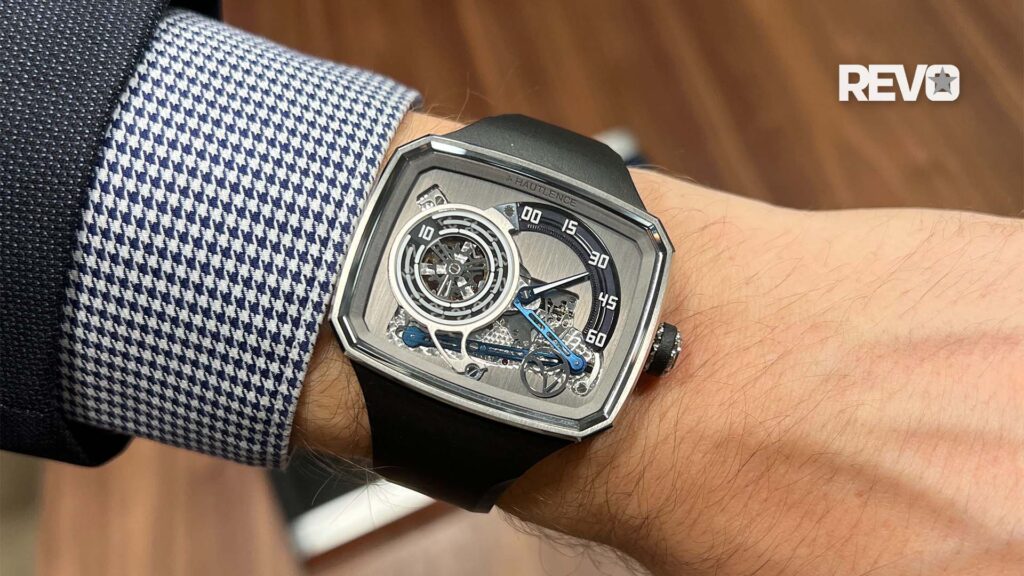Chopard
2005: The Chopard L.U.C Lunar One, First Modern Perpetual Calendar Wristwatch with Orbital Moonphase
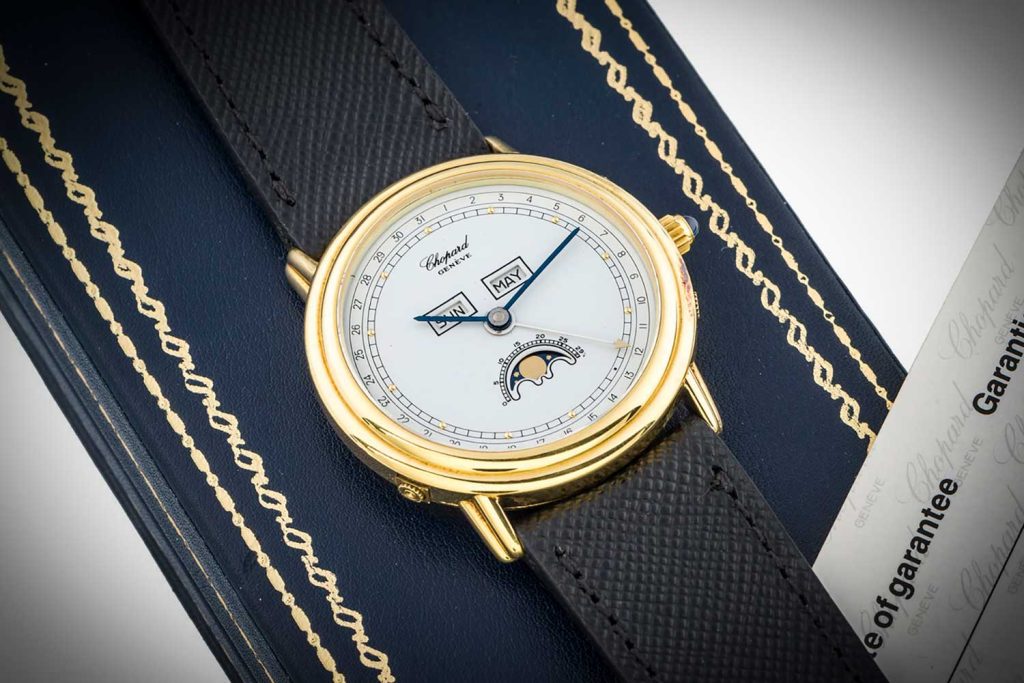
A triple date moonphase watch by Chopard from 1990. Chopard began creating such timepieces from 1984 onwards. (Image by Antiquorum)
Chopard and Svend Andersen
The independent watchmaker Svend Andersen is best known for his creation of the Perpetual Secular Calendar, a perp cal that’s accurate to 400 years. What does that mean? Most perpetual calendar watches are accurate to the year 2100, which is in fact not a leap year because it’s a centennial year that’s not divisible by 400. Andersen’s Perpetual Secular Calendar is accurate to the year 2400.
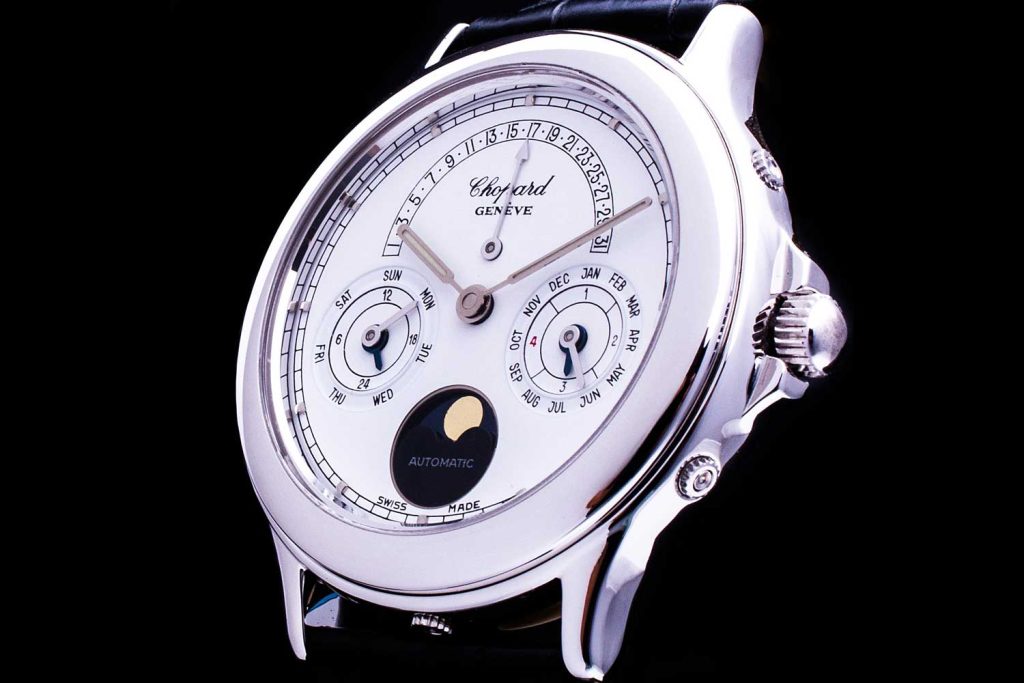
The Chopard Luna d'Oro with retrograde date, developed by Svend Andersen and combined with a Frederic Piguet base movement for Chopard. (Image by Marks Uhren)

An automatic perpetual calendar by Chopard, the Luna d'Oro in yellow gold from 1997, with a 48-month leap year display. I(mage courtesy of Antiquorum)
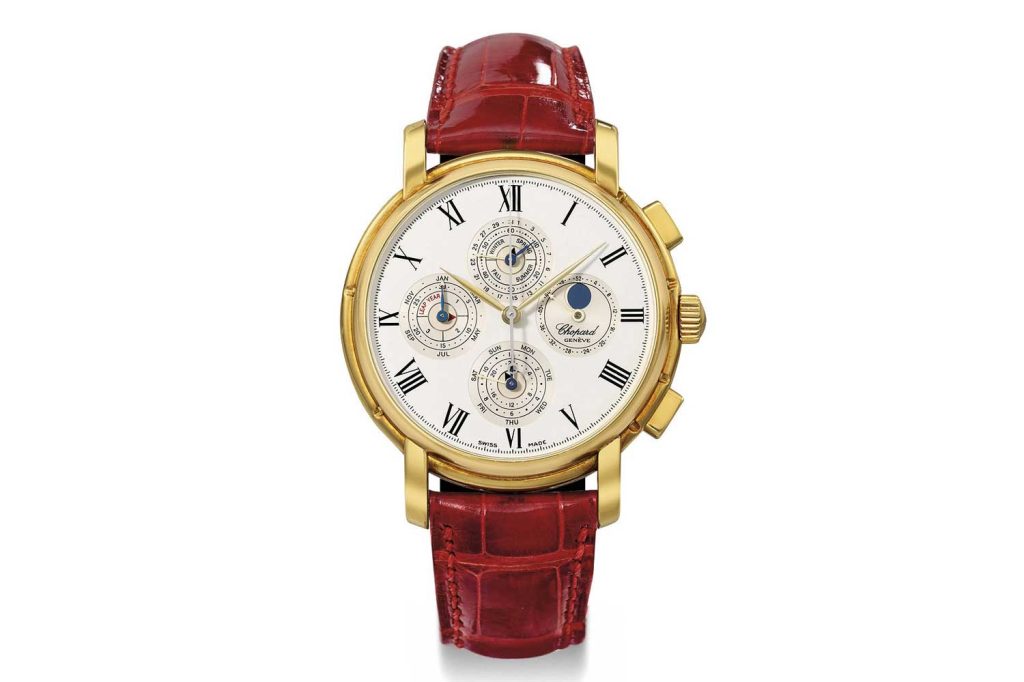
The Chopard reference 36-1224 chronograph perpetual calendar, a manual winding watch powered by the JLC 889/1. (Image courtesy of Christie's)
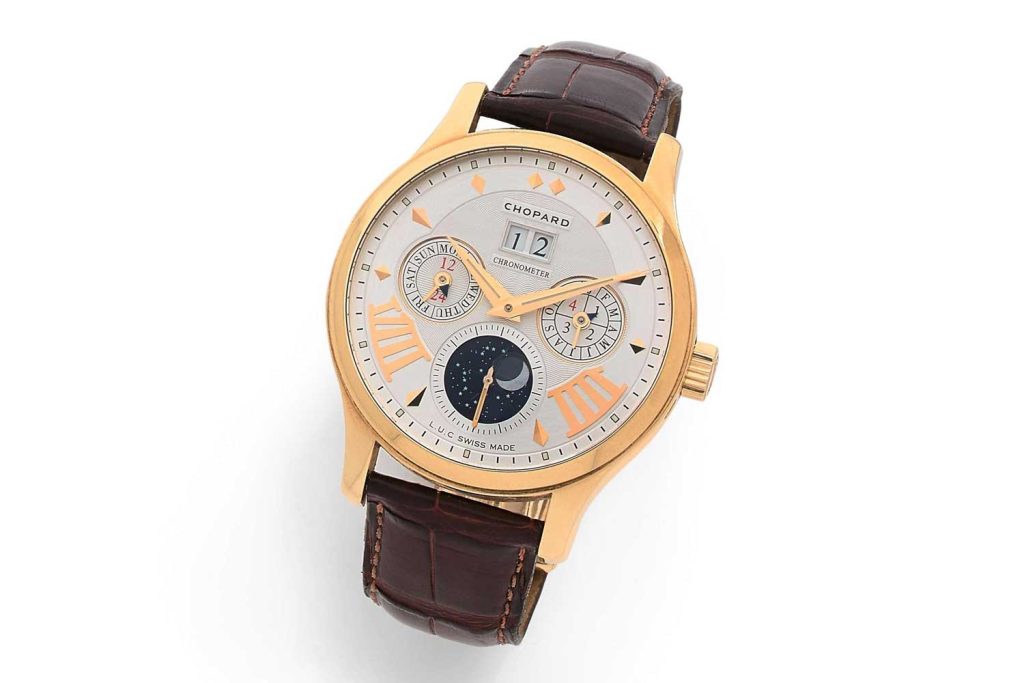
The Chopard L.U.C Lunar One (2005) in yellow gold. The diamond shaped applied markers and Roman numerals gives the dial an interesting dynamism.
Doing It Themselves
All of these developments led to the introduction of Chopard’s own L.U.C 96 QP perpetual calendar movement in 2005, based off the 1.96 automatic base caliber of the maison. A large date window, along with date and month counters, made the watch impressively easy to read off. More notably, the calendar operations are instantaneous jumping displays. A day and night indicator as well as an orbital moonphase display only made the watch more interesting, with a choice of Northern or Southern Hemisphere constellations on the moonphase.
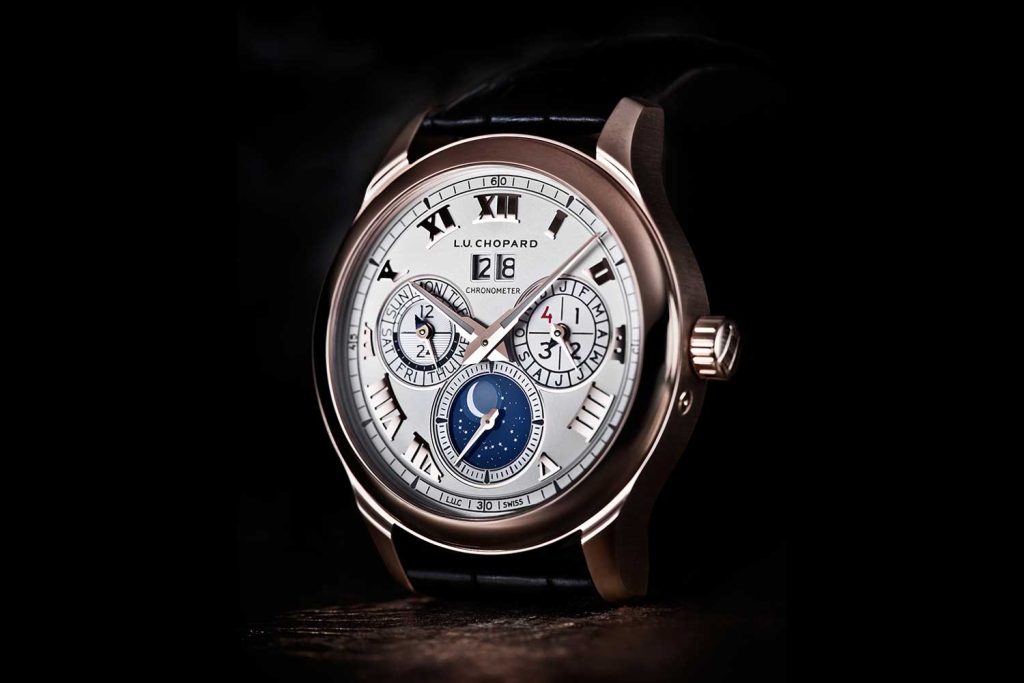
Chopard L.U.C Lunar One (2012). The applied indexes have been changes to thick Roman numerals from the earlier diamond-shaped markers, with an even more detailed orbital moonphase display.
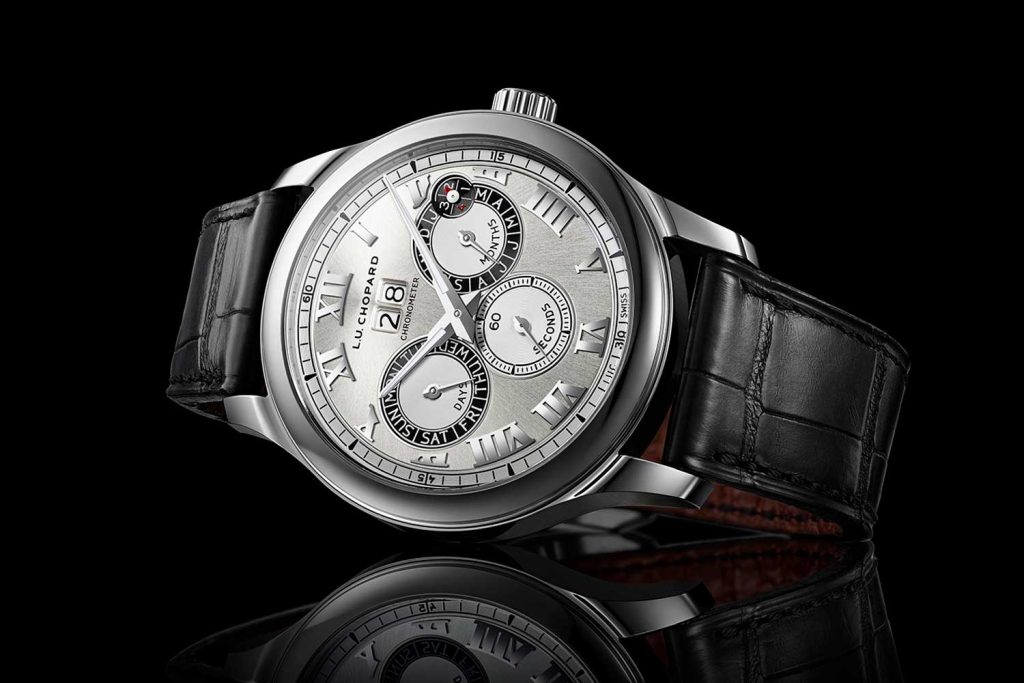
The Chopard L.U.C Perpetual Twin in steel, with a twin barrel design delivering a 65-hour power reserve.
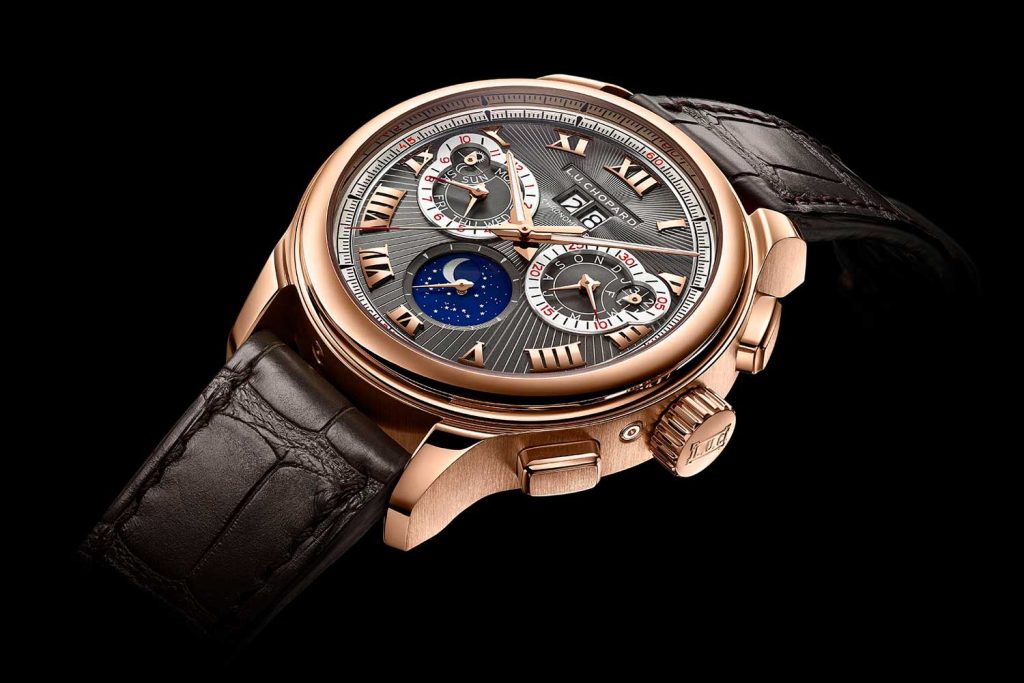
The Chopard L.U.C Perpetual Chrono from 2016, combining a vertically coupled, column-wheel chronograph with a perpetual calendar in a handwound movement.
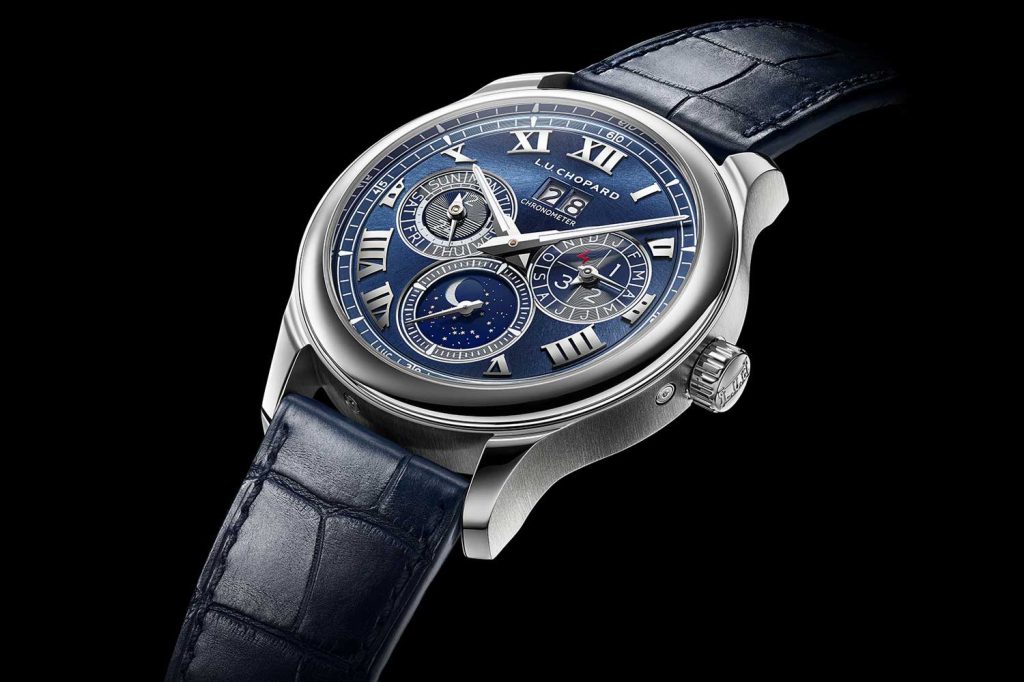
Chopard L.U.C Lunar One (2017). The platinum case with blue sunray brushed dial brings out the orbital moonphase and night sky even more.





